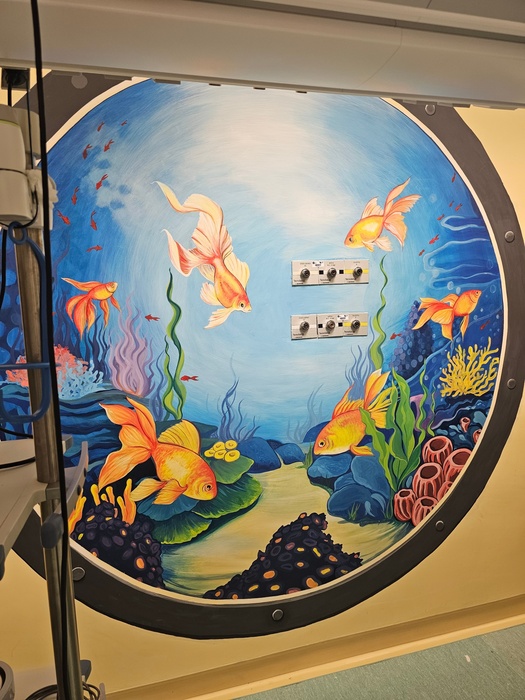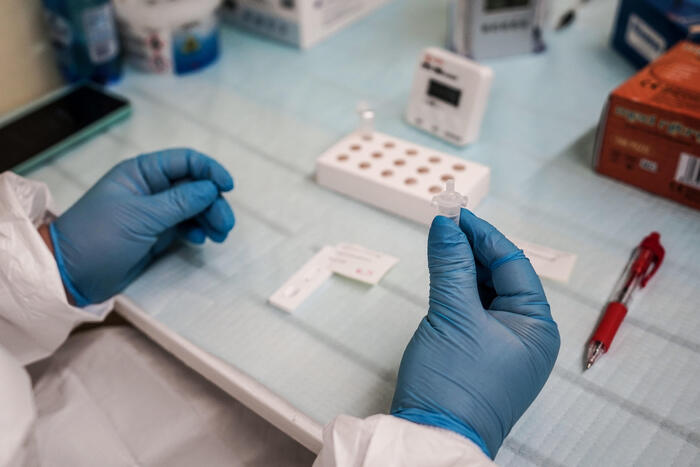Icon: enlarge
Free bed in an intensive care unit at the Dresden University Hospital
Photo:
Ronald Bonß / dpa
How has the infection rate developed in Germany since Christmas?
A serious answer to this is still difficult, especially because the number of infections is distorted by the many holidays.
They had decreased after Christmas, as had the number of corona deaths reported daily.
However, no holiday fluctuations were observed in a corona key figure: when the intensive care beds were occupied by Covid 19 patients.
The number has risen continuously since October until the new year.
On January 3, the previous high of 5762 was reached.
But since then the number of occupied beds has fallen - for the first time continuously over several days.
Currently (as of January 10), 5320 beds are occupied by Covid-19 patients, according to Intensregister.de.
The slight decline could be an indication that the shutdown that was tightened on December 16 is having a certain effect.
The occupancy of intensive care beds has been recorded throughout Germany since April.
Hospitals have to report the numbers to the German Interdisciplinary Association for Intensive Care and Emergency Medicine (DIVI) on a daily basis.
Many elderly patients are in intensive care units
Unlike the number of new infections, the occupancy of the intensive care beds hardly depends on public holidays or weekends: Anyone who is so seriously ill with Covid-19 that they have difficulty breathing, for example, ends up in the hospital - whether it is a public holiday or not.
And if the course is particularly difficult, the patient is quickly transferred to the intensive care unit.
Therefore, the intensive care bed occupancy should currently reflect the infection rate of the past few weeks better than the infection numbers themselves.
But there are restrictions: the number of occupied beds also depends on how long patients are treated in the intensive care unit.
If the average treatment time changes, the bed occupancy can also change, although the daily new infections have remained the same.
In addition, mostly elderly people are treated in intensive care units because they are at a much greater risk of serious disease progression.
If bed occupancy falls, this is primarily an indication that new infections among older people are falling.
It is unclear whether this also applies to infections in younger people.
Has the second wave reached its peak?
A decline in intensive care bed occupancy can also have completely different reasons.
For example, that more and more seniors are isolating themselves more for fear of infection.
Whether the second major wave of infections in Germany has actually reached its peak will not be known for a week or two, when more reliable figures on new infections are available.
Nevertheless, there will be no reason to give the all-clear, even if the infection rate is actually in decline.
Because the number of infections is currently very high, it will still take many weeks until they have reached a level from which the health authorities can succeed in tracking again.
Hundreds of people will continue to die every day during these weeks.
A flattened curve in the number of cases could also prove to be a temporary phenomenon.
Namely when the mutated coronavirus variant B.1.1.7 is spreading in Germany at a similar speed as in England.
According to current knowledge, these viruses are significantly more contagious than previous copies of the pathogen.
Icon: The mirror









